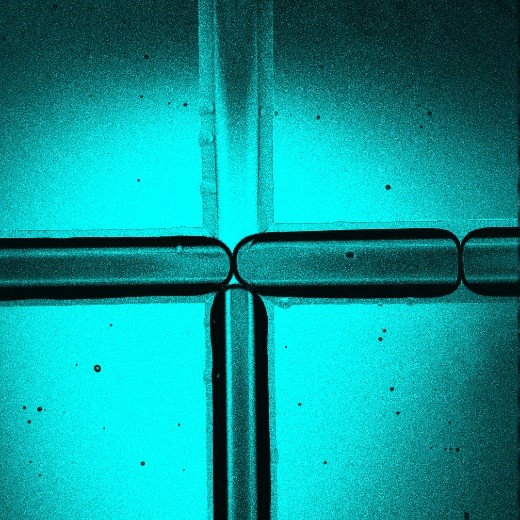Liquid films
Max Buchner research grant for 2019/2020
Liquid films play a vital role in different process engineering applications. Especially in drying technology, liquid films are able to enhance hydraulic conductivity of the porous medium and thus enable a longer period of high and potentially constant drying rates. This can result in a significant reduction of drying time and overall energy consumption. Liquid films are also in the focus of current research e.g. in combustion engines and in water electrolysis. While in the first example, spreading liquid films along the surface of the combustion chamber induce Marangoni effects, in the second case liquid permeability through the gas transport layer is crucially affected by liquid films. In all situation, wettability of the solid surface is the key factor. However, in drying of porous media, some particularities exists. Most relevant for the mass transfer during drying is the shape of the liquid films and their interconnectivity. We study different problems in 2-dimensional and 3-dimensional experimental setups. Our goal is to develop more reliable mass transfer models for transport in porous media.
Relevant Publications:
1. Vorhauer, N.; Tsotsas, E.; Prat, M. (2014) Isothermal drying of pore networks in the presence of capillary liquid films: Comparison of experiments with simulations in a model system, Proceedings of the 19th International Drying Symposium (IDS 2014) Lyon, France
2. Vorhauer, N.; Wang, Y.; Kharaghani, R.; Tsotsas E.; Prat, M. (2015) Drying with formation of capillary rings in a model porous medium, Transport in Porous Media, 110, 197-223
3. Geistlinger, H.; Ding, Y.; Apelt, B.; Schlueter, S.; Küchler, M.; Reuter, D.; Vorhauer, N.; Vogel, H.-J. (2019) Evaporation study based on micromodel-experiments: Comparison of theory and experiment, Water Resources Research 55 (8), 6653-6672




